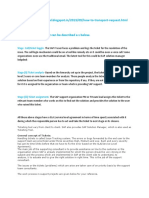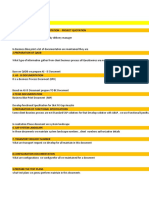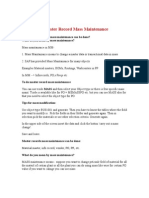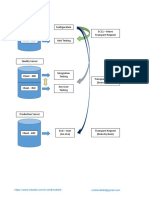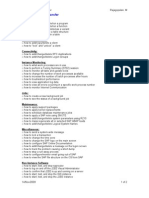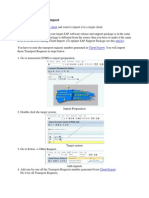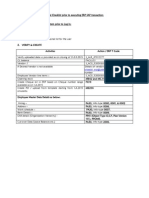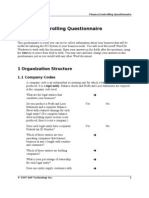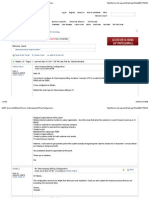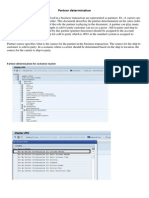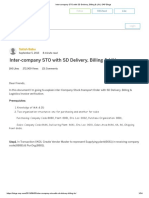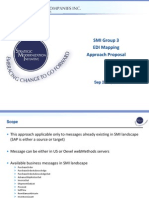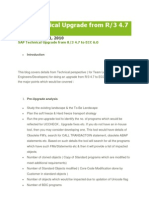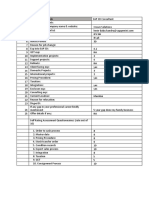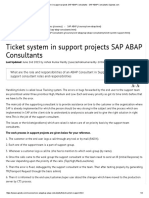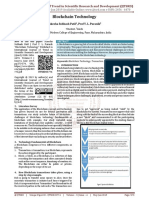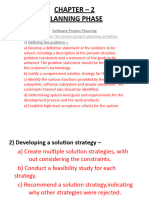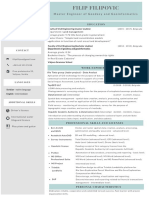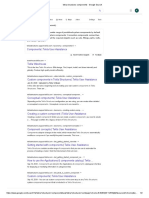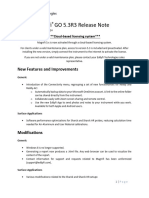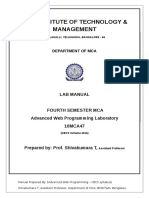0% found this document useful (0 votes)
155 views3 pagesIssue Tracking System
The document describes the process for handling tickets, or issues, in an SAP support project. Tickets are logged by end users and prioritized as high, medium, or low severity. Support consultants work to resolve tickets on a priority basis within specified time limits. The process involves the consultant debugging and testing the fix on a development client, the end user testing it on a QA client, and the basis consultant transporting the approved fix to the production client. An example ticket involving a sales order issue is provided to illustrate the process.
Uploaded by
Jefferson JagadeesanCopyright
© Attribution Non-Commercial (BY-NC)
We take content rights seriously. If you suspect this is your content, claim it here.
Available Formats
Download as DOC, PDF, TXT or read online on Scribd
0% found this document useful (0 votes)
155 views3 pagesIssue Tracking System
The document describes the process for handling tickets, or issues, in an SAP support project. Tickets are logged by end users and prioritized as high, medium, or low severity. Support consultants work to resolve tickets on a priority basis within specified time limits. The process involves the consultant debugging and testing the fix on a development client, the end user testing it on a QA client, and the basis consultant transporting the approved fix to the production client. An example ticket involving a sales order issue is provided to illustrate the process.
Uploaded by
Jefferson JagadeesanCopyright
© Attribution Non-Commercial (BY-NC)
We take content rights seriously. If you suspect this is your content, claim it here.
Available Formats
Download as DOC, PDF, TXT or read online on Scribd
/ 3
